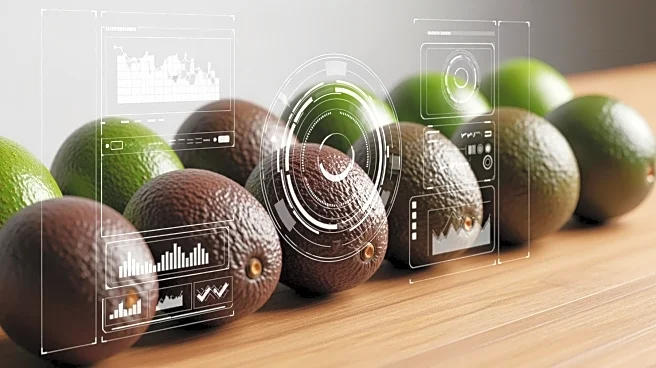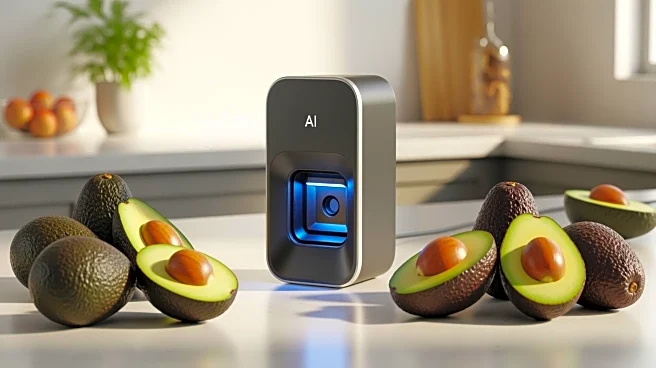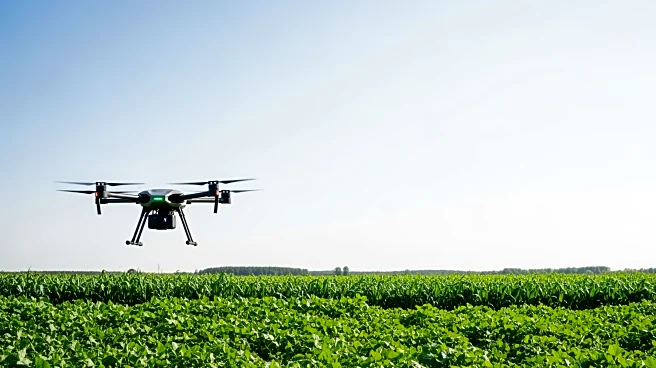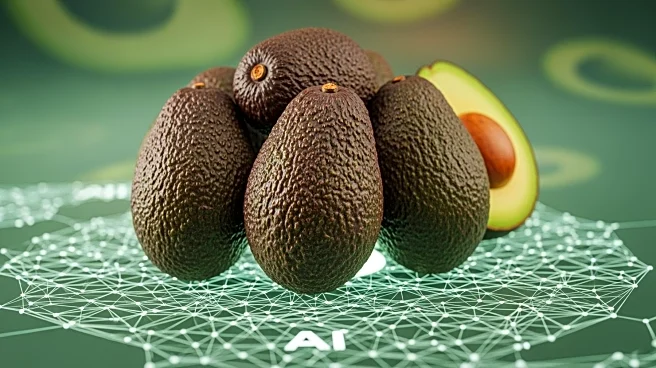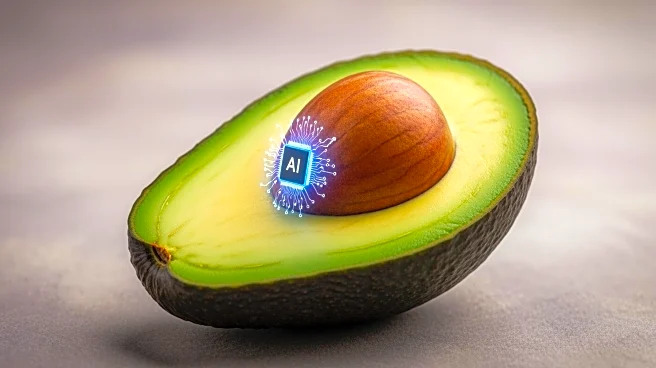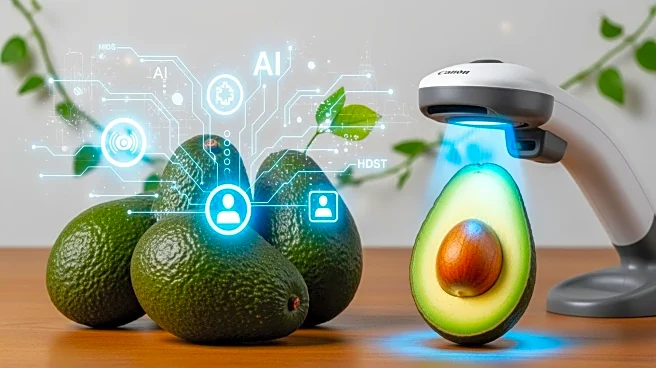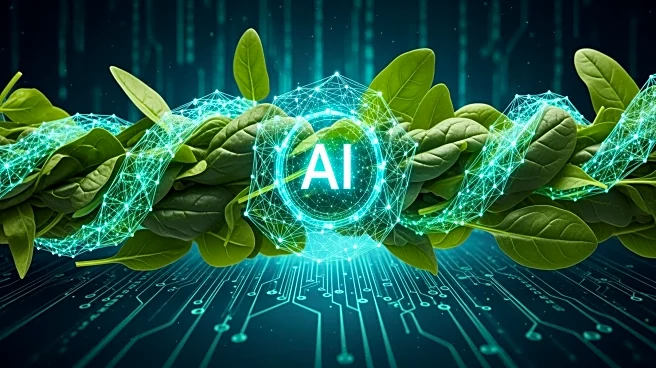What's Happening?
Researchers at Oregon State University and Florida State University have developed a smartphone-powered AI application designed to determine the perfect ripeness of avocados. This innovative tool uses
a deep-learning model trained on over 1,400 iPhone photos of Hass avocados to predict firmness, a key indicator of ripeness, with more than 90% accuracy. The AI analyzes subtle cues in texture, color, and shape that are often missed by the human eye. The development of this app is part of a broader effort to address food waste, a significant global issue, as nearly a third of all food produced for human consumption is wasted. The app aims to help consumers and retailers make informed decisions about when to use or sell avocados, thereby reducing waste.
Why It's Important?
The introduction of this AI app is significant in the fight against food waste, particularly in the United States, where federal agencies have committed to halving food loss by 2030. Avocados are among the most wasted fruits due to their narrow ripeness window, and this app could substantially reduce this waste. By providing a reliable method to determine ripeness, the app could benefit consumers, retailers, and distributors by minimizing losses and optimizing the supply chain. This technology represents a step forward in using AI to solve practical problems, potentially leading to broader applications in the food industry and beyond.
What's Next?
While the app is not yet available to consumers, the long-term goal is to make it accessible to the public. Researchers suggest that the technology could be expanded to other fruits and vegetables, further reducing food waste across various produce categories. As the app progresses towards consumer availability, it may prompt further innovations in AI applications for food management, encouraging other sectors to explore similar technological solutions.
Beyond the Headlines
The development of this AI app highlights the potential for technology to address environmental and economic challenges. By reducing food waste, the app not only contributes to sustainability efforts but also has the potential to lower costs for consumers and businesses. Additionally, it underscores the role of interdisciplinary collaboration between technology and agriculture in creating innovative solutions to global issues.
